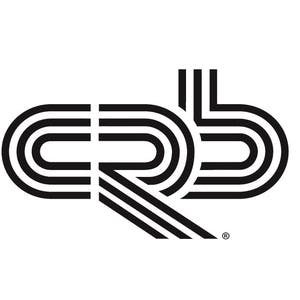New York Times Magazine Explores Lab’s Work With Gene Drives
CRB-designed facility supports work to remap mosquito genes in fight against infectious disease
The highly complex and scientific battle to contain, treat and one day cure mosquito-borne disease is being waged on groundbreaking fronts. One of them is at a laboratory at the University of California, San Diego, where scientists are working obsessively to re-map arthropod genetics and, ultimately, flip the script on infectious illnesses.
The laboratory’s research was recently featured in a New York Times Magazine profile of scientists exploring gene drives, a form of genetic engineering that holds the promise of changing mosquito genes and propagating those changes across the insect species’ population to make them malaria-proof as a cheaper, safer and more effective solution to infectious diseases.
The university retained CRB for lab planning and engineering design services for the new Arthropod Containment Level 2 lab and the future build-out of an Arthropod Containment Level 3 lab. The facility supports two insect rearing rooms, a larval rearing room, compressed-gas storage area, access-controlled air locks and standard microscopy lab workroom for research and education.
Crucial to the lab’s success is limiting the number of variables in controlled environmental rooms. CRB’s design set strict temperature and humidity tolerances to maintain constant high humidity and high-temperature levels to encourage consistent growth and reproduction.Safety and arthropod containment were the top priorities: Stainless-steel mesh screens on all grilles and pipes in the controlled environmental room provide negative pressure cascade and air curtains while fully sealing the chambers, doors and any additional penetrations.
The lab’s critical functions require advanced precautions to ensure uninterrupted service. All mechanical equipment was constructed of stainless steel to limit corrosion, and each space includes a dedicated stainless-steel air-handling unit separate from the house system and ultrasonic humidifiers instead of a steam generation system.
Additional steps ensure continuity of operations and manage the lab’s sensitive contents. Standby generator power provides backup to the controlled environment rooms and various other devices, and sealed light fixtures and conduits are used in the lab’s anteroom and reception areas to prevent mosquitoes from escaping.

